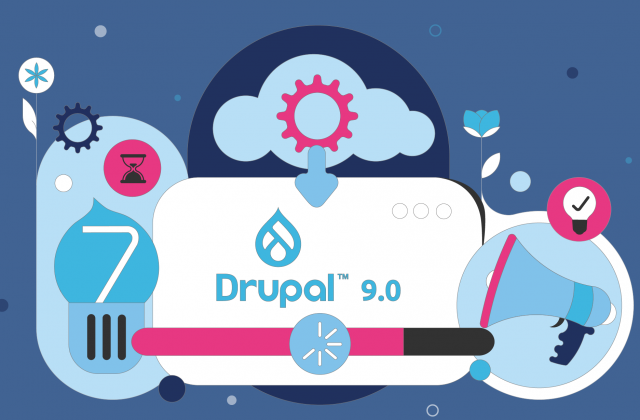Whether you are just curious, or perhaps you need something to get you inspired or motivate you, or you just want to see how science or technology are addressing certain questions and how the world is changing, TEDx is a great place to start.
From time to time I come across interesting talks from which I find inspiration, and sometimes I am just curious to see and hear how some of the greatest scientists see the answers to some of the most important questions today.
Sometimes I disagree with the solution proposed or the perceptions explained. However, I find TEDx talks very thought-provoking and inspiring, and these are the latest talks I suggest listening to.
Anant Agarwal: Why massive open online courses (still) matter
In this talk Anant Agarwal propose taking massive open online courses to the next level pairing online education with face-to-face student interactions. For the young, who are living with technology (in some parts of the world), this approach is somewhat a logical way of learning. For others, these courses open a door to new possibilities.
Technology has changed education, however, the question is how will we embrace that change and use it to our advantage? Will the availability of knowledge from different sciences shape the creativity, intelligence and logic of future generations and if so how much? It is still too soon to tell, however, massive online open courses have certainly changed the way we approach education and learning.
Guy Hoffman: Robots with “soul”
It seems we have stopped imagining living with robots, they have already become an important part of our lives (even more important in the future). However, finding a way to introduce robots to human behaviour and to create a natural interaction between a human and a robot is very challenging and intriguing. Guy Hoffman explores the human side of robots when interacting with humans. They are designed to be super smart, but can they have “souls”? Hoffman will introduce his interesting robotic family you will love, and dance to.
Dan Berkenstock: The world is one big dataset. Now, how to photograph it …
So, do we need to “revolutionize the ways that consumers, businesses, and governments make decisions in their day-to-day lives”? Apparently. Satellite imagery is out of date, and what we need is a new approach to be able to catch what is going on on our planet. Since satellites are expensive, and big, Berkenstock and his team designed a lightweight, cheap satellite that can take real-time state images. Why do we need these images, again? Berkenstock explains it in a simple way.
Mark Kendall: Demo: A needle-free vaccine patch that’s safer and way cheaper
It is odd how we tend to neglect some fields of science in terms of innovation, and the fact that we have been using old technology as a solution for various medical problems, is in fact devastating. However, with Kendall’s Nanopatch, a computer chip that delivers a dose of vaccine just under the skin, some of the problems we are facing every day may have been solved (needle phobia, needle injuries, infection reduction). Kendall emphasizes that with this new technology vaccines are more effective as well because they can solve the problem of “cold chain”, a journey of a vaccine (refrigeration and liquid form) that can make vaccines ineffective. Given that Nanopatch needs less vaccine, expensive vaccines will be more viable to distribute across the world which is probably the greatest benefit of this chip.
Rupal Patel: Synthetic voices, as unique as fingerprints
The most moving talk probably is the one delivered by computer science professor Rupal Patel. She wanted to find a solution for people with severe speech disorders who use synthetic generic male voices. Given that people usually use computerized device to communicate, this computerized voice in fact deprives them of their identity in a certain way. They need a voice that will fit their personality. She created a technology that combines real human voices and individual speech patterns called VocaliD, and with it, people can now communicate in a voice that they can call their own.




